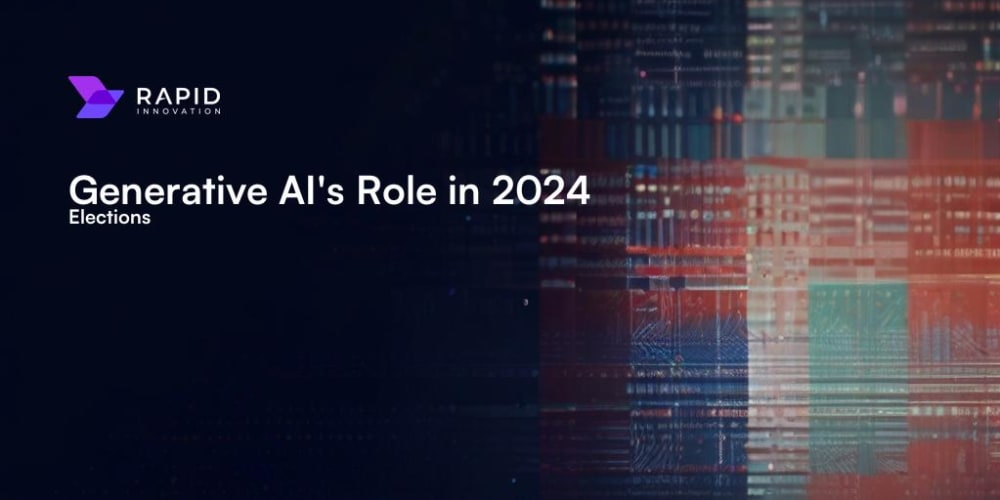This is a Plain English Papers summary of a research paper called Semantically-correlated memories in a dense associative model. If you like these kinds of analysis, you should subscribe to the AImodels.fyi newsletter or follow me on Twitter.
Overview
- This paper examines the neuroscience behind Transformer models, a type of deep learning architecture that has become widely used in natural language processing and other domains.
- The authors investigate the similarities and differences between the attention mechanisms in Transformers and the biological attention processes observed in the human brain.
- They explore how the architectural design of Transformers may be inspired by or reflect aspects of neural information processing in the brain.
Plain English Explanation
Transformer models are a type of artificial intelligence [AI] that have become very popular in recent years, especially for tasks like understanding and generating human language. These models are inspired by how the human brain processes information and pays attention to different parts of a problem.
The authors of this paper wanted to dig deeper into the connections between Transformer models and the way the brain works. They looked at the attention mechanisms used in Transformers and compared them to the attention processes that happen in the human brain. By understanding these parallels, the researchers hope to gain insights that can help improve the design and capabilities of Transformer models, as well as our overall understanding of how the brain computes and solves problems.
The paper explores the similarities and differences between the attention mechanisms in Transformers and the biological attention processes observed in the brain. It examines how the architectural design of Transformers may be influenced by or reflect certain aspects of neural information processing. This can lead to better AI systems that are more aligned with human intelligence and potentially even provide clues about how our own brains work.
Technical Explanation
The authors of this paper investigate the connections between the attention mechanisms used in Transformer models and the attention processes observed in the human brain. Transformer models, which have become widely adopted in natural language processing and other domains, rely on an attention mechanism that allows the model to focus on the most relevant parts of the input when making predictions.
The paper explores how the architectural design of Transformers, including the use of multi-head attention, may be inspired by or reflect aspects of neural information processing in the brain. The researchers analyze the similarities and differences between the computational principles underlying attention in Transformers and the biological mechanisms of attention in the human brain.
By drawing these parallels, the authors hope to gain insights that can lead to improvements in the design and capabilities of Transformer models, as well as a better understanding of the neural basis of attention and information processing in the brain. The paper provides a detailed technical analysis of the neuroscientific underpinnings of Transformer architectures.
Critical Analysis
The paper provides a thorough and well-researched examination of the connections between Transformer models and the neuroscience of attention. The authors make a compelling case for the potential insights that can be gained by exploring these parallels, both for advancing AI systems and for enhancing our understanding of human cognition.
However, the paper also acknowledges several caveats and limitations in the current state of research. For example, the authors note that the attention mechanisms in Transformers are still relatively simple compared to the complex, multi-faceted attention processes observed in the brain. Additionally, the paper highlights the need for further empirical studies to validate the proposed connections and to investigate potential misalignments between artificial and biological attention.
While the paper offers valuable insights, it also raises important questions that warrant further investigation. For instance, the authors do not fully address how the architectural choices in Transformers may be influenced by other factors beyond neuroscientific principles, such as computational efficiency or engineering constraints. Additionally, the paper could benefit from a more critical examination of the limitations of using Transformer models as analogies for the brain, and the potential risks of overstating the connections between the two.
Overall, this paper makes a significant contribution to the emerging field of neuroscience of deep learning, and it provides a solid foundation for future research in this area. By encouraging a more nuanced and critical understanding of the relationships between artificial and biological attention, the authors pave the way for advancements in both AI and neuroscience.
Conclusion
This paper explores the neuroscience behind Transformer models, a type of deep learning architecture that has become widely used in natural language processing and other domains. The authors investigate the similarities and differences between the attention mechanisms in Transformers and the biological attention processes observed in the human brain.
By drawing these parallels, the researchers hope to gain insights that can lead to improvements in the design and capabilities of Transformer models, as well as a better understanding of the neural basis of attention and information processing in the brain. The paper provides a detailed technical analysis of the neuroscientific underpinnings of Transformer architectures and highlights the potential for cross-pollination between AI and neuroscience.
While the paper acknowledges several caveats and limitations, it makes a significant contribution to the emerging field of neuroscience of deep learning and paves the way for future research that can further elucidate the connections between artificial and biological attention processes. By fostering a more nuanced understanding of these relationships, the authors hope to drive advancements in both AI and our understanding of the human brain.
If you enjoyed this summary, consider subscribing to the AImodels.fyi newsletter or following me on Twitter for more AI and machine learning content.



















